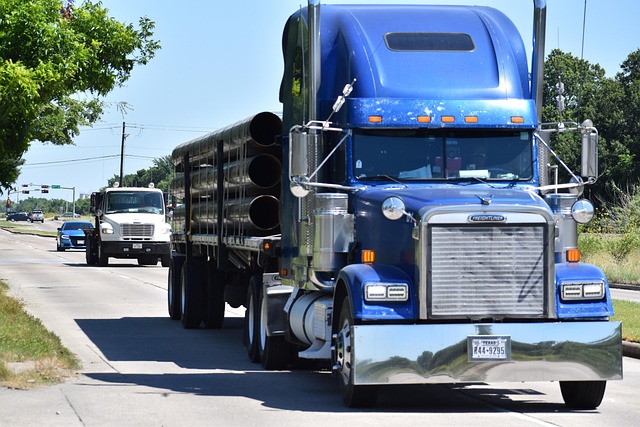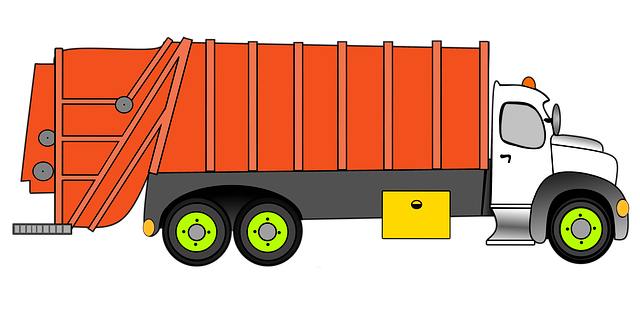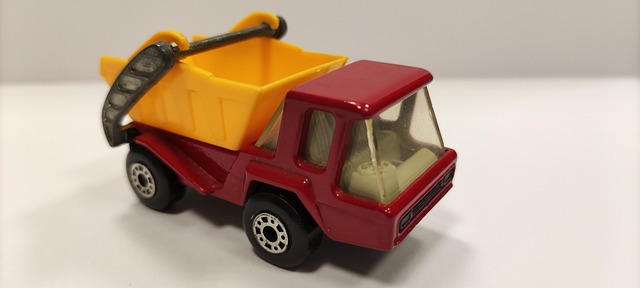Registering a car in California is a straightforward process, but understanding the requirements and gathering the right documents is crucial. This guide walks you through the entire procedure, from verifying your Vehicle Identification Number (VIN) using a trusted DMV VIN verifier to paying registration fees. By following these steps, you’ll ensure a smooth experience at your local California DMV, leaving you with a validly registered vehicle in no time.
- Understand California Car Registration Requirements
- Gather Necessary Documents for Registration
- Visit Your Local DMV: Step-by-Step Guide
- Verify Vehicle Identification Number (VIN)
- Pay Registration Fees and Receive Your Plate
Understand California Car Registration Requirements

Before registering your car in California, it’s essential to understand the state’s specific requirements. The California Department of Motor Vehicles (DMV) mandates several crucial steps, including a vehicle inspection and the verification of your car’s unique Vehicle Identification Number (VIN). This process ensures that all vehicles on California roads meet safety standards.
One critical component is using a trusted DMV VIN verifier or mobile VIN verification service. These tools enable you to confirm your vehicle’s history, identify any previous accidents or damage, and ensure it complies with state laws. A thorough vin inspection can save time and money in the long run by preventing potential issues during the registration process.
Gather Necessary Documents for Registration

Before you start the registration process, make sure to gather all the essential documents required by the California Department of Motor Vehicles (DMV). This includes your vehicle’s registration from the previous state, a valid driver’s license, proof of insurance, and perhaps most importantly, the Vehicle Identification Number (VIN) verifier. The DMV uses the VIN to cross-reference the car’s information, ensuring it’s not stolen or has any outstanding issues.
For a seamless registration experience, consider conducting a vin inspection or using a mobile vin verification service. These services can help you verify your vehicle’s history and ensure all documents are in order before visiting the DMV. This proactive step saves time and potential headaches later on in the registration process.
Visit Your Local DMV: Step-by-Step Guide

Visit Your Local DMV: Step-by-Step Guide
The first step in registering your car in California is to visit your local Department of Motor Vehicles (DMV) office. Before heading in, ensure you have all necessary documents, including proof of ownership, vehicle identification number (VIN) verification, valid identification, and proof of insurance. The process typically involves filling out registration forms and submitting the required paperwork.
Once at the DMV, locate the section dedicated to vehicle registration. You may need to wait in line, so be prepared. A staff member will guide you through the process, which includes verifying your VIN using a specialized tool or service, such as a mobile VIN verifier. This step ensures the accuracy of your car’s information, critical for record-keeping and safety purposes.
Verify Vehicle Identification Number (VIN)

Before you begin the registration process, it’s crucial to verify your vehicle’s Vehicle Identification Number (VIN). This unique code is a critical piece of information that identifies your car and ensures its proper documentation. You can easily verify the VIN through various means, including using an official DMV vin verifier or even a mobile vin inspection app, which makes this step convenient for California residents.
By cross-referencing the details with the manufacturer’s records, these tools help establish the vehicle’s history and ensure that no discrepancies exist. This is particularly important when transferring ownership or updating registration to maintain legal compliance. So, take the time to double-check your VIN, as it plays a vital role in the successful registration of your California vehicle.
Pay Registration Fees and Receive Your Plate

After submitting your application and documents to the California DMV, the next step is to pay the registration fees. These fees vary based on vehicle type, weight, and other factors, so be sure to check the official DMV website for current rates. You can typically pay online or in person at a local DMV office. Once your payment is processed, you’ll receive your vehicle’s license plate. In California, these plates are unique and personalized, making your vehicle instantly identifiable.
For added convenience, many residents opt for a mobile vin inspection or a vin inspection service to verify their car’s VIN (Vehicle Identification Number) before registration. Using a mobile vin verifier, you can quickly check the vehicle’s history, ensuring everything is in order and avoiding any potential issues during the registration process.
Registering a car in California is a straightforward process that requires understanding specific requirements and gathering essential documents. By following these steps, including verifying the Vehicle Identification Number (VIN) using a trusted DMV VIN verifier, you can ensure a smooth registration experience. Don’t forget to pay the necessary fees and obtain your new license plate to legally operate your vehicle on California roads.
